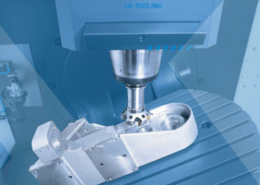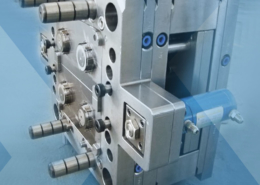
Unveiling the Intricacies of Molding Over Molding: Pushing the Boundaries of Man
Author:gly Date: 2024-06-08
Molding over molding, a technique also known as overmolding, represents an innovative approach in the realm of manufacturing, where one material is molded over another to create a single, integrated component. This process not only enhances the functionality and aesthetics of the final product but also opens up new possibilities for design and engineering. In this article, we will delve into the world of molding over molding, exploring its mechanisms, applications, and implications for the manufacturing industry.
Understanding Molding Over Molding
The Concept of Molding Over Molding
Molding over molding involves the process of injecting or extruding a second material over an already molded substrate, creating a composite structure with distinct layers. This technique allows for the combination of different materials with complementary properties, resulting in enhanced performance, durability, and aesthetics.
Mechanisms of Molding Over Molding
The success of molding over molding relies on achieving strong adhesion between the two materials, ensuring structural integrity and durability. Various factors, including material compatibility, surface preparation, and processing parameters, influence the bonding strength and quality of the final product.
Advantages of Molding Over Molding
Molding over molding offers several advantages over traditional manufacturing methods, including:
Enhanced Product Performance: By combining different materials, molding over molding enables the creation of components with superior mechanical, thermal, and chemical properties.
Design Flexibility: The versatility of molding over molding allows for complex geometries and intricate designs, offering designers greater freedom and creativity in product development.
Cost Efficiency: Molding over molding can streamline the manufacturing process by eliminating the need for secondary assembly and reducing material waste, resulting in cost savings and improved efficiency.
Applications of Molding Over Molding
Automotive Industry
Molding over molding finds extensive use in the automotive industry for applications such as interior trim, dashboard components, and exterior body panels. By combining materials with different textures, colors, and properties, manufacturers can create visually appealing and functional components that enhance the overall driving experience.
Medical Devices
In the medical field, molding over molding is utilized to produce devices such as surgical instruments, catheters, and prosthetics. By incorporating soft, biocompatible materials over rigid substrates, manufacturers can create ergonomic and comfortable products that meet stringent regulatory requirements for safety and performance.
Consumer Electronics
Consumer electronics benefit from molding over molding for the production of products like mobile phone cases, remote controls, and wearable devices. This technique allows for the integration of features such as shock absorption, water resistance, and tactile feedback, enhancing the user experience and product durability.
Innovations and Future Trends in Molding Over Molding
Advanced Materials and Composites
Ongoing research and development efforts are focused on exploring advanced materials and composites for molding over molding applications. From bio-based polymers to nanomaterials, these innovations promise to enhance the performance, sustainability, and versatility of molded components.
3D Printing and Additive Manufacturing
The integration of 3D printing and additive manufacturing technologies with molding over molding opens up new avenues for rapid prototyping and custom manufacturing. By combining additive and subtractive processes, manufacturers can achieve greater design complexity, cost efficiency, and customization options.
Conclusion
In conclusion, molding over molding represents a paradigm shift in manufacturing, offering unparalleled opportunities for innovation and design. By combining different materials and manufacturing techniques, manufacturers can create products that meet the evolving needs of consumers and industries. As technology continues to advance and materials science progresses, the potential for molding over molding to revolutionize manufacturing across various sectors is boundless. By embracing this technique and exploring its possibilities, manufacturers can stay ahead of the curve and shape the future of manufacturing.
GETTING A QUOTE WITH LK-MOULD IS FREE AND SIMPLE.
FIND MORE OF OUR SERVICES:

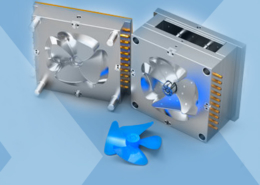
Plastic Molding
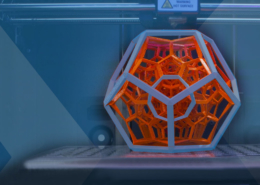
Rapid Prototyping
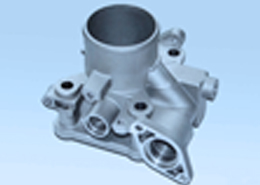
Pressure Die Casting
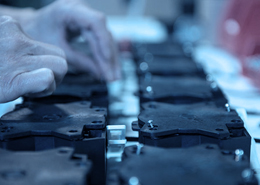
Parts Assembly
